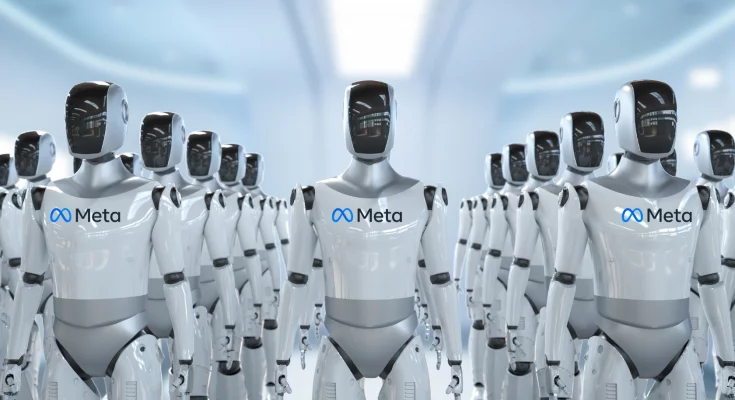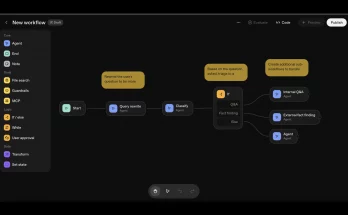Meta’s Humanoid Robotics Vision
The tech industry is experiencing a paradigm shift, and at the forefront of this transformation is Meta, the company once synonymous with Facebook. In a bold move that disrupts traditional narratives, Meta’s humanoid robotics is venturing into ai robotics, marking a significant extension of its capabilities beyond social media and virtual reality.
A Bold New Frontier
Meta’s latest direction into humanoid robotics signals its ambition to redefine the technological landscape. This initiative isn’t just a casual exploration but a concerted effort led by a specialized team within its Reality Labs hardware division. Under the leadership of Marc Whitten, the former CEO of Cruise, Meta is poised to create a pioneering platform in the robotics field.
The Strategy Behind Move
Meta’s approach to robotics is reminiscent of how Google crafted the Android ecosystem for smartphones. The goal appears clear: establish a foundational platform that can sustain a vibrant robotics industry. By integrating its advanced open-source AI models like Llama, which are designed to power various applications, Meta is set on establishing itself as a critical player capable of delivering not only robots but a comprehensive development ecosystem.
- Positioning as a robotics backbone
- Open-source AI integration
- Enabling a myriad of applications across the robotics field
The Tech Frontier: Learning from the Past
Just as Google’s foray into mobile operating systems faced skepticism, Meta’s humanoid robotics ambitions also provoke mixed reactions. Historically, the tech sector has highlighted the awkward phases of innovation, reminiscent of when Mark Zuckerberg first showcased virtual reality. Just as he donned an Oculus headset to explore a new digital frontier, we may soon witness him stepping into a world where humanoid robots become part of our everyday lives.
Forging Key Partnerships
Meta’s humanoid robotics is not navigating this uncharted territory alone. Collaborative dialogues with significant players in the robotics sphere, such as Unitree Robotics and Figure AI, hint at potential partnerships or acquisitions that could significantly hasten Meta’s innovation timeline. By aligning with existing experts, Meta positions itself as a formidable force in the robotics landscape, aiming for accelerated development through strategic synergies.
Analyzing the Competitive Landscape
As the humanoid robotics market heats up, competition is fierce. Industry titans like Tesla, boasting its Optimus prototype, and Nvidia, which has made substantial investments in Figure AI, are pivotal players. However, Meta’s distinct advantage lies in its vast pool of consumer data coupled with artificial intelligence. This knowledge enables them to craft robots that can comprehend human behavior, making them intuitive and user-friendly, potentially revolutionizing the way humans interact with technology.
- Tesla’s Optimus
- Nvidia’s investments in robotics
- Meta’s data-driven approach to robot programming
Addressing Ethical and Practical Challenges
With progress comes questions—particularly concerning ethics. The prospect of humanoid robots permeating domestic spaces raises crucial issues about privacy and the future of labor. Meta’s entry into this space will inevitably invite a torrent of scrutiny, especially when considering past controversies surrounding data privacy. Navigating these ethical considerations will be paramount for Meta as it steps into the role of a creator of physical artificial intelligence.
Looking Ahead: The Future of Technology
As Meta embarks on this ambitious venture into humanoid robotics, it stands on the brink of influencing the future of technology. The company’s capacity to shape our interactions with both digital and physical realms could usher in a new era of integration, fundamentally altering our daily lives.
In conclusion, Meta’s humanoid robotics advancements is a promise to bridge the gap between humans and machines, evolving from the digital sphere into the physical world. As they continue to innovate, one thing is certain: technology’s future is not just confined to screens but will increasingly embed itself into our homes and environments. Keep an eye on Meta as this journey unfolds—the transformation is just beginning. The future of automation is here.



